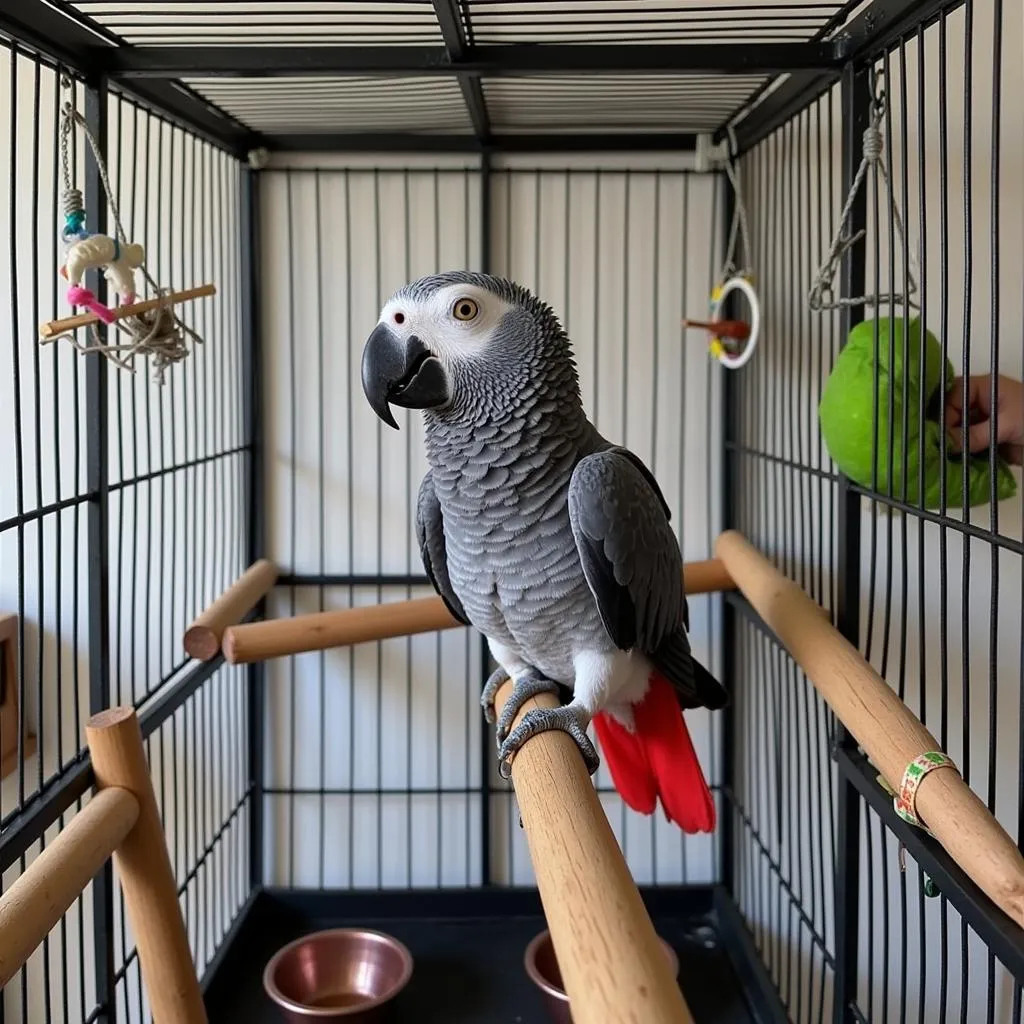Unveiling African Genes in India: A Historical and Genetic Journey
The fascinating interplay of African Genes In India reveals a rich tapestry of historical connections and migrations, offering a compelling glimpse into the shared human story. This article delves into the genetic evidence, historical narratives, and cultural influences that illuminate the presence of African ancestry in the Indian subcontinent.
Tracing the Roots: How did African Genes Reach India?
Several theories propose how African genes made their way to India. One prominent narrative centers on the Siddi community, descendants of East Africans who arrived in India through various routes – as traders, sailors, soldiers, or slaves – over centuries. Another theory suggests earlier migrations, potentially predating recorded history, with genetic studies indicating shared ancestry between certain Indian populations and African groups. The story of African genes in India isn’t a singular narrative but rather a complex interplay of migrations, interactions, and cultural exchanges spanning millennia.
What were the historical circumstances surrounding these migrations? The Indian Ocean trade, spanning from East Africa to the Arabian Peninsula and the Indian subcontinent, played a crucial role. This bustling network facilitated the movement of people, goods, and ideas, creating pathways for genetic exchange and cultural diffusion.
The Siddi Community: A Living Testament to African Heritage
The Siddi community, primarily located in Gujarat, Karnataka, and Maharashtra, provides tangible evidence of African presence in India. Their unique cultural practices, musical traditions, and even linguistic influences reflect their East African roots. african apartheid facts The vibrant Siddi culture, a blend of African and Indian elements, stands as a testament to the enduring legacy of African ancestry in India.
How has the Siddi community preserved its cultural identity? Despite centuries of integration into Indian society, the Siddis have maintained distinct cultural practices, including traditional dances, music forms, and culinary traditions that echo their African heritage. This preservation offers valuable insights into the resilience and adaptability of African culture in a new environment.
Genetic Studies: Uncoding the African Presence in India
Modern genetic research provides further insights into the presence of African genes in India. Studies have identified specific genetic markers shared between certain Indian populations and African groups, lending scientific weight to historical narratives of migration and interaction.  Illustration representing DNA analysis comparing African and Indian populations These studies contribute to a more nuanced understanding of human migration patterns and the intricate web of genetic relationships across continents.
Illustration representing DNA analysis comparing African and Indian populations These studies contribute to a more nuanced understanding of human migration patterns and the intricate web of genetic relationships across continents.
Understanding the Genetic Markers: What do they tell us?
The presence of shared genetic markers offers clues to ancestral origins and historical connections between populations. While further research is ongoing, these genetic findings complement historical and anthropological studies, painting a richer picture of the African presence in India. african gene similar in kerala For example, certain Y-chromosome haplogroups found in some Indian populations show links to East African lineages.
“Genetic studies are vital tools for understanding human history,” notes Dr. Anika Sharma, a renowned geneticist specializing in population genetics. “They provide scientific evidence that complements historical accounts and offer insights into ancient migration patterns.”
Cultural Influences: The African Mark on Indian Society
Beyond genetics, the influence of African cultures can be observed in various aspects of Indian society, particularly in music, dance, and culinary traditions. Certain rhythmic patterns, musical instruments, and dance forms bear similarities to African traditions, suggesting cultural exchange and adaptation over time.
African Rhythms in Indian Music: A Cultural Dialogue
The rhythmic complexity and syncopation present in some Indian music genres echo similar patterns found in African musical traditions. This suggests a cross-cultural dialogue and exchange of musical ideas, enriching the musical landscape of both regions. lutino african lovebirds Professor Vikram Singh, an ethnomusicologist, states, “The interplay of African and Indian musical elements demonstrates the power of cultural exchange in shaping artistic expression.”
Conclusion: A Shared History, A Connected Future
The story of African genes in India is a testament to the interconnectedness of human populations and the rich tapestry of human migration. From genetic markers to cultural influences, the African presence in India represents a significant chapter in the shared human story. Further research and exploration promise to uncover even more fascinating details about this historical and genetic journey.
FAQ
- What is the Siddi community?
- How did African people arrive in India?
- What genetic evidence supports African ancestry in India?
- What are some cultural influences of African heritage in India?
- Where can I learn more about the history of the Siddi community?
When you need support, please contact Phone Number: +255768904061, Email: kaka.mag@gmail.com Or visit us at: Mbarali DC Mawindi, Kangaga, Tanzania. We have a 24/7 customer service team.



